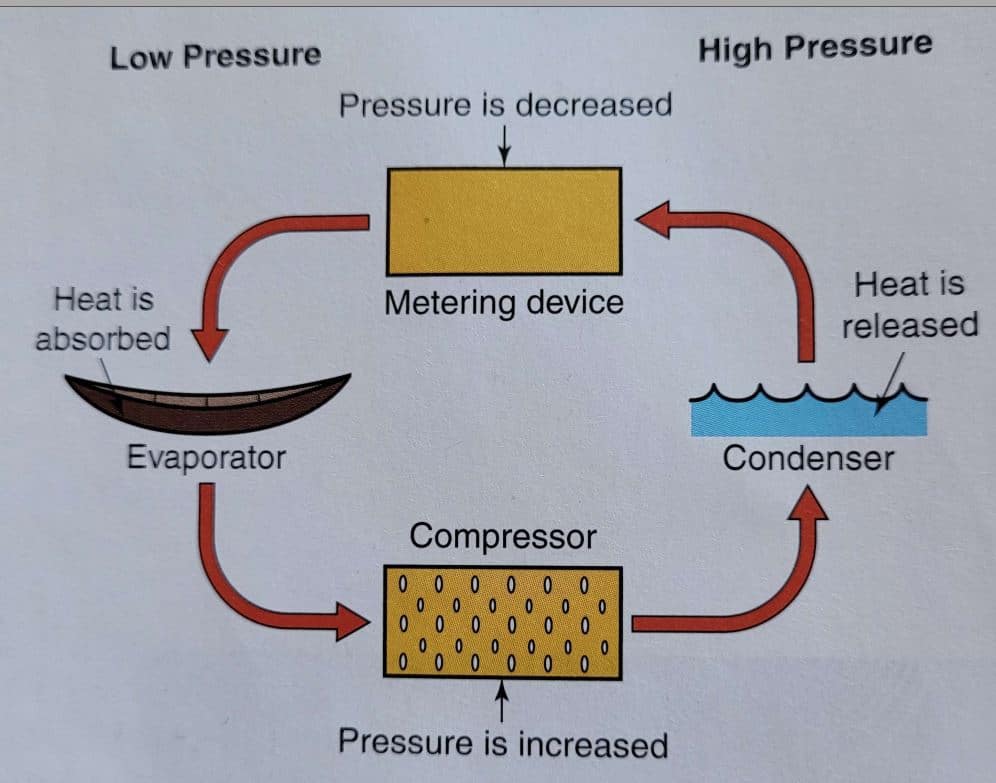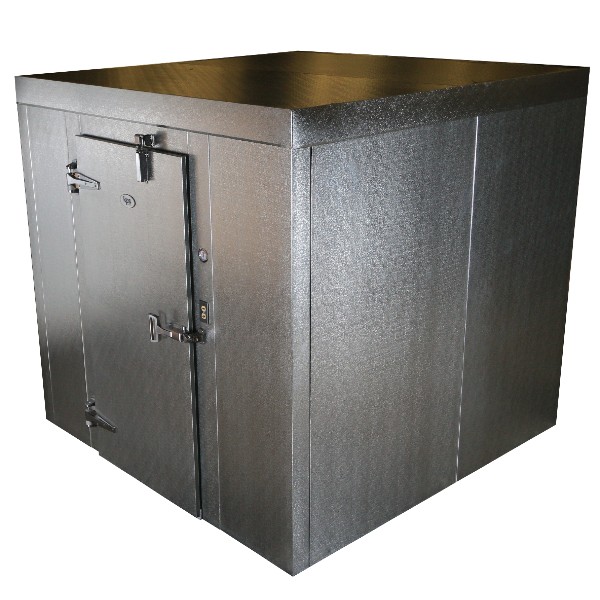An often frequent question we get is “How Do Freezers Work”? We spoke with Jeremy Boatner, a Project Manager with KPS Global who carries a State of Texas Refrigeration Licenses, to walk us through how freezers work. He explains, the purpose of any refrigeration system is to remove heat from a space where it is not wanted. One of the most popular methods of producing refrigeration is compression.
Compression refrigeration removes heat by using evaporation. In a refrigeration system the refrigerants are fluids that absorb heat inside the refrigerated space and release heat outside. There are four major components to a refrigeration system:
• Compressor- where pressure is increased
• Condenser- where heat is released
• Metering device- where pressure is decreased
• Evaporator- where heat is absorbed

The compressor is the pump for the refrigeration system. Upon start up, the compressor begins to move refrigerant from the low-side to the high-side. One of the most important factors in the operation of refrigeration is pressure. Heat is absorbed or rejected based on pressure. High pressure causes the rejection of heat. Low pressure allows for the absorption of heat.
The condenser removes latent heat from the refrigeration vapor. By releasing latent heat, the vapor is condensed back to liquid. This is typically located in the self-contained unit outside or is piped separately outdoors due to the heat rejection.
The metering device is located in-between the liquid line and evaporator. Its function is to lower the pressure of the refrigerant by restricting the passageway into the evaporator. This is usually not visible and is located near the evaporator coil.
The evaporator is a heat exchanging device that absorbs heat into the refrigerant. This is typically located in the walk-in or case. This will be hanging from up top (walk-in) or hidden below (cases). The evaporator will also consist usually of several fans to circulate air.
While our team is versed in refrigeration, we do need to credit Modern Refrigeration and Air Condition 20th Edition textbook for some of the above content. That is the textbook Jeremy was taught with and found it very helpful in his studies.



